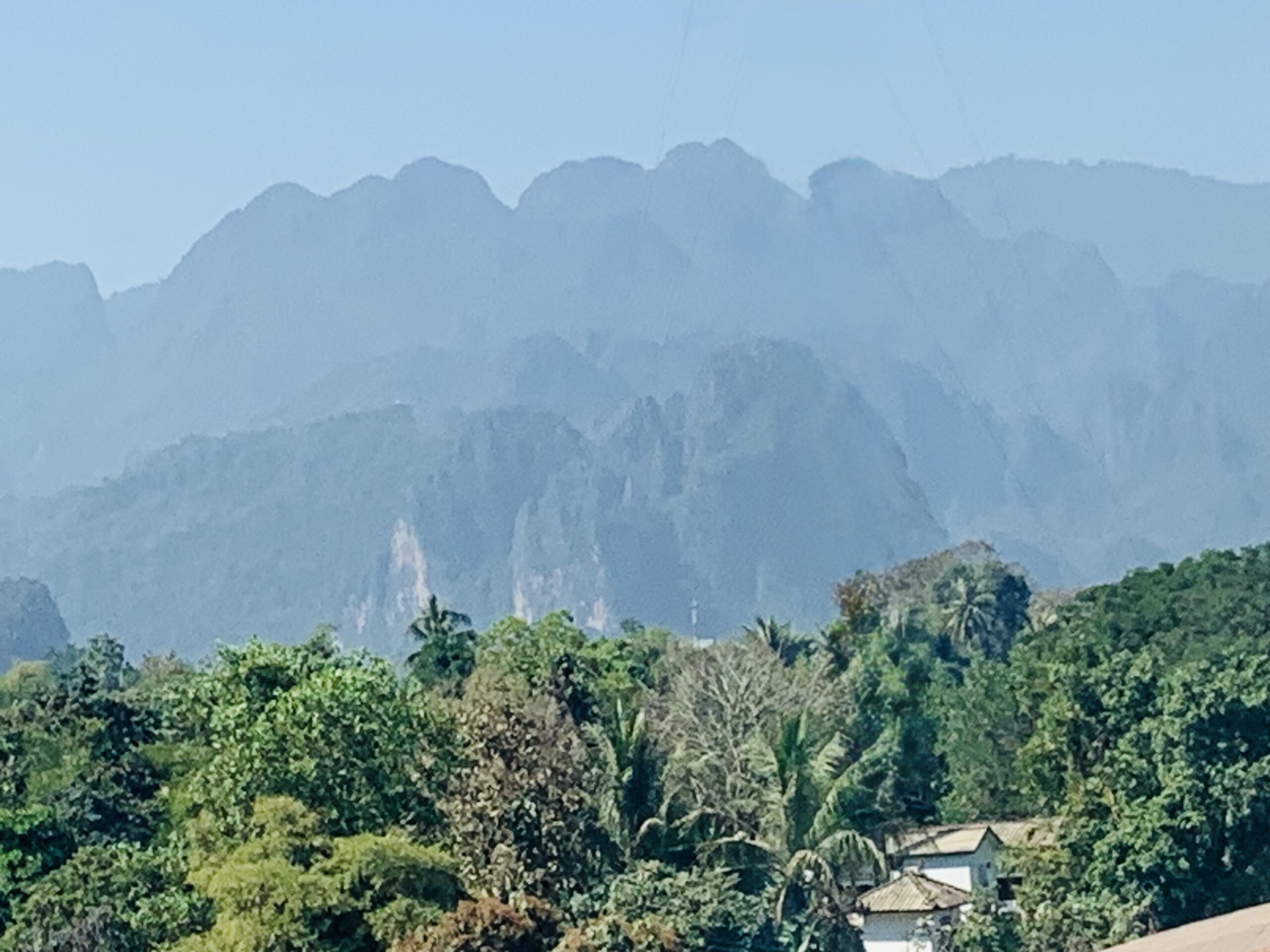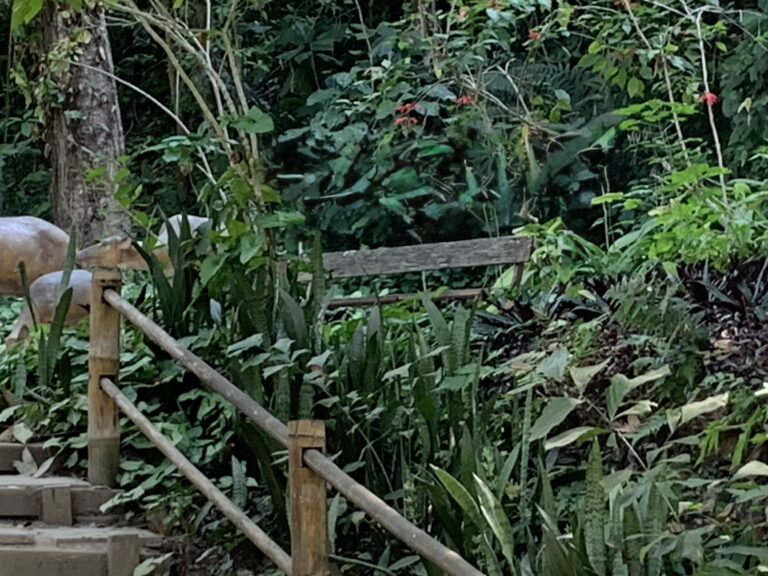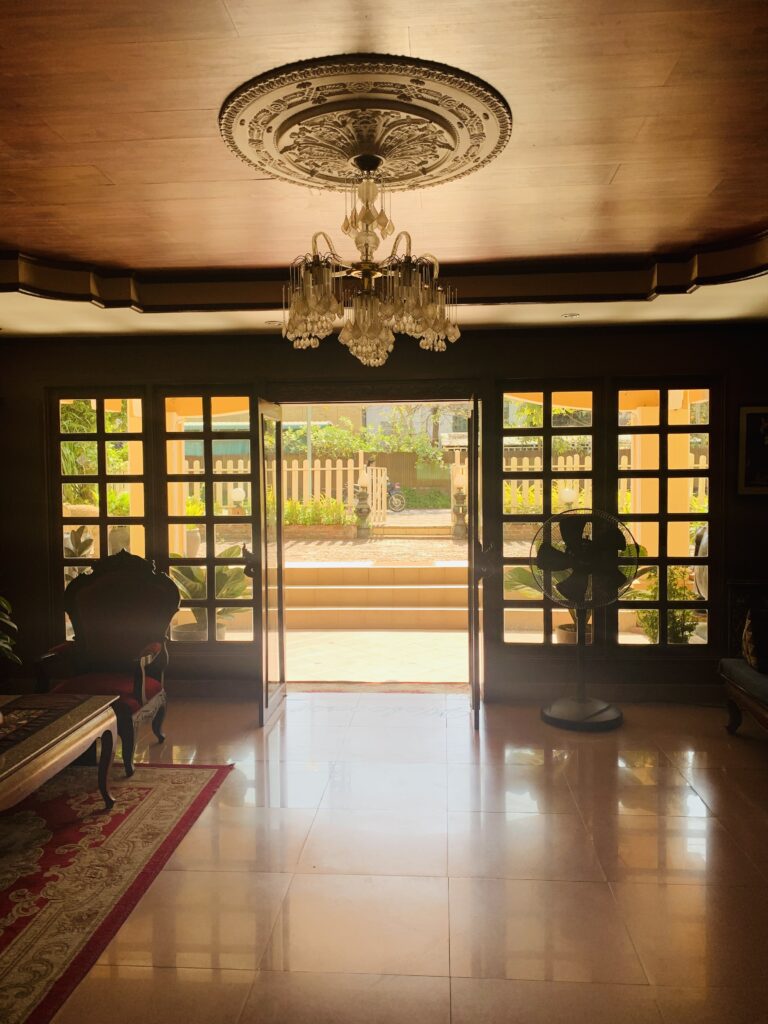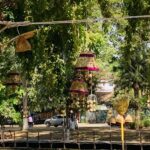Once known as the kingdom of Lan Xang, or in English, “the land of a million elephants”, Laos is, like its elephants, beguiling, charming, fascinating and enchanting.
This is the third in a series of five stories about Laos, a stirringly beautiful country that captured my heart. It describes our experience riding the “fast train service” from Vientiane to Luang Prabang.
Using Laos’s relatively new speed train service is a no-brainer. But spoiler alert: You need to be organised, as you can’t “just turn up” expecting to buy a ticket.
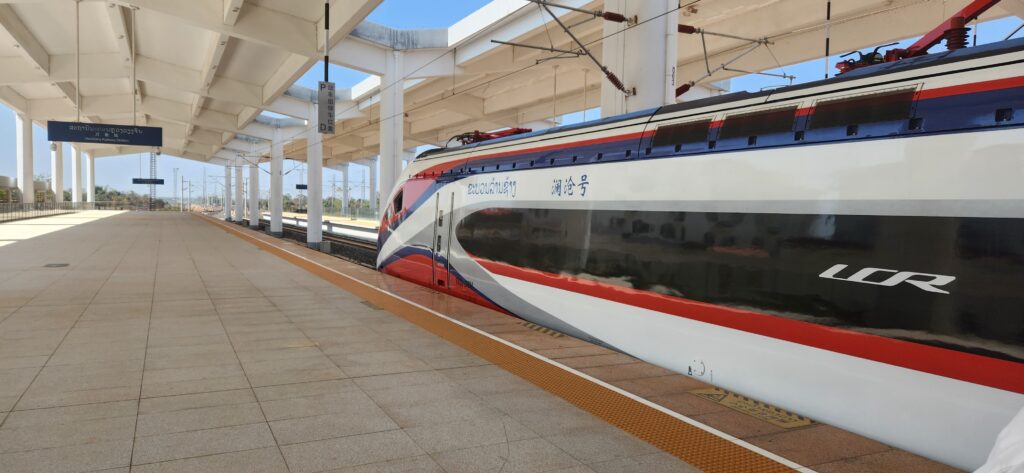
How to buy a ticket
Any new experience comes with the unexpected, so when visiting Laos, be prepared for many “take you by surprise” moments, especially when choosing to ride the speed train. Colloquially known as the Lane Xang train.
Firstly, how do you buy a ticket?
Matthew Woodward, a rail adventurer and writer for his website, said in November 2024, “Practically, you might have heard that the biggest challenge on the Lao China Railway (LCR) is getting a ticket”.
But for us, we lucked in with a very helpful hotel receptionist. When we asked how to buy (2nd class) tickets, he took out his tiny notebook, neatly wrote our desired times and dates with a biro and then requested the required cash. We paid on the spot. Walking away, I couldn’t help but wonder if our tickets would materialize. However, on departure day, we were greeted again by the adorable receptionist who graciously presented us with two digitally printed one-way train tickets.
Feeling humbled, relieved and thrilled that the charmingly old-fashioned reservation service was, in fact, very efficient and honest, we could now look forward to what we hoped would be an event-free first ride on a bullet train to northern Laos.
But for the uninitiated, the Laos, Vientiane to Luang Prabang speed train trip is anything but uneventful.
Having little idea what to expect from our anticipated journey and looking forward to our northern destination, Luang Prabang, we arrived mid-morning at the Vientiane Railway Station with heightened excitement. Dropped off in the searing heat at the front of an imposing display of modern Chinese/Laotian architecture, we gazed at the vastness surrounding us. Behind us were plenty of carparks, various types of transit vans, taxis banked up, and lots of people walking a long way, diasporic-like, trolley-cases bumping noisily to a rather grand, but locked, entranceway, crowded with waiting passengers.
What to expect
Barred from entering the main building by a young man holding a bunch of rattling keys, we, along with our fellow travellers, of which there were many, sat, stood, crouched and paced in the sun and heat, wondering how long this waiting game would take. An hour later our (mandatory?) lock out completed the same small boyish man holding that bundle of keys finally unlocked the big glass entrance doors. His reticent demeanour as he stepped aside to let us in didn’t invite any questions.
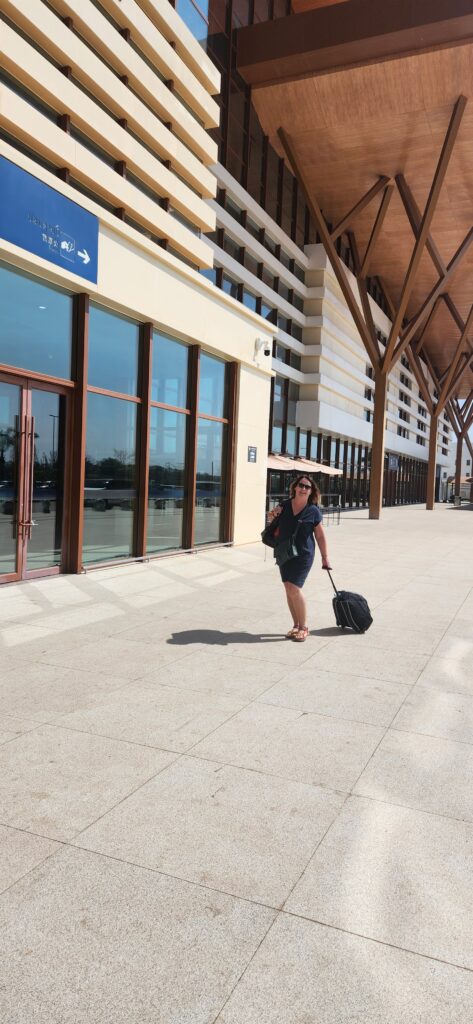
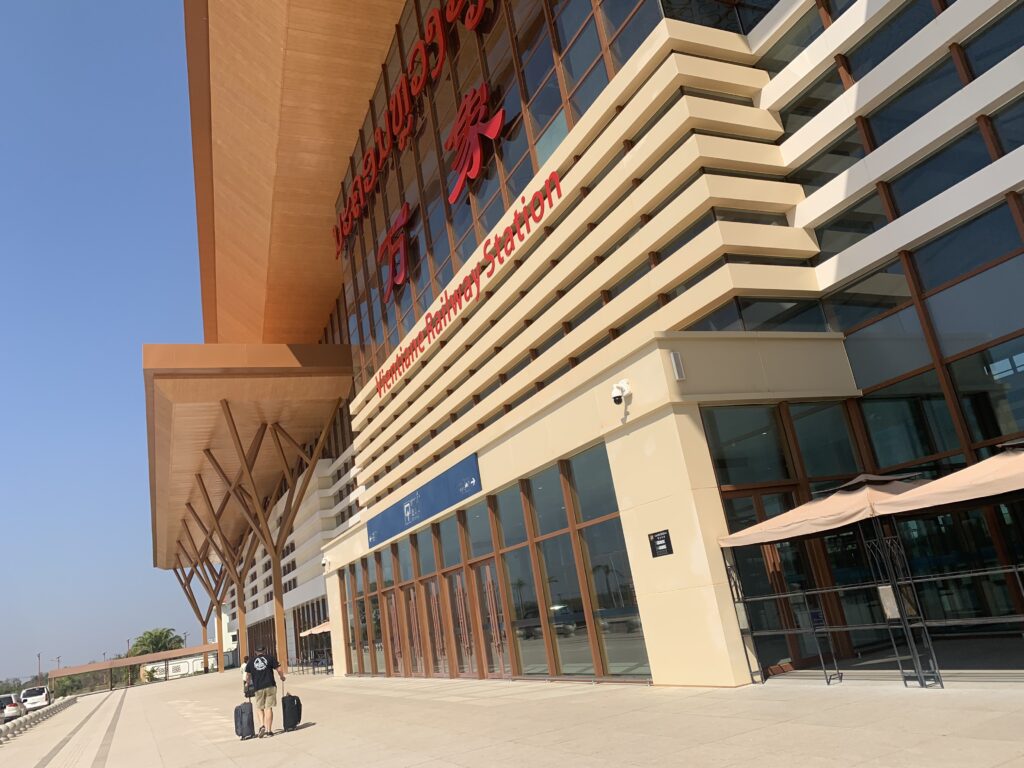
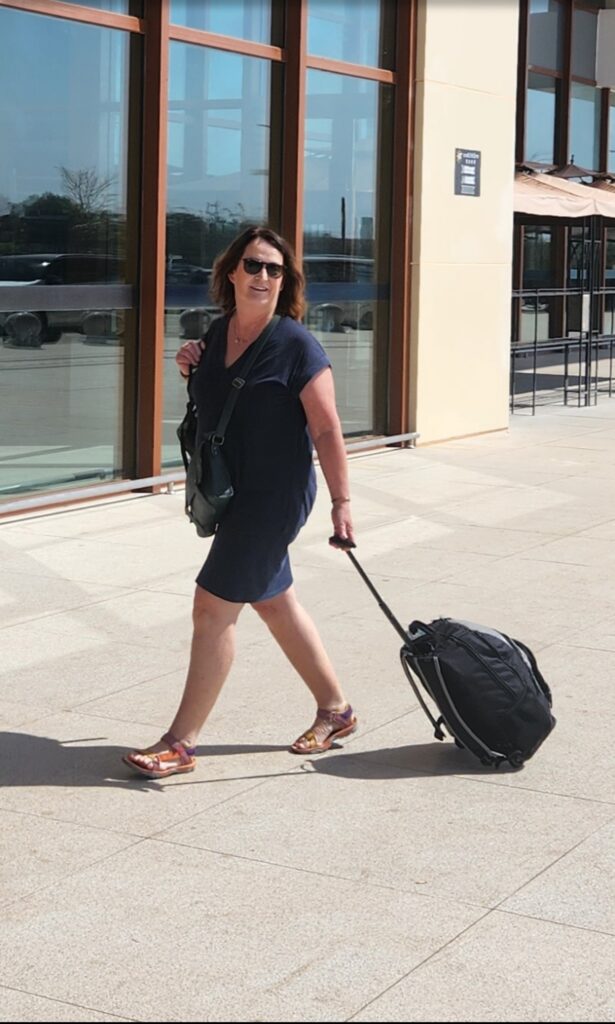
Once inside, we had another wait as we stood bemused, observing security staff with razor-sharp focus execute a scarily efficient luggage search.
All cases, bags, packs, boxes, containers – you name it – were opened, and all contents inspected and displayed in view of the diasporic crowds roaming the cavernous interior. Given the enforced outside-in-the-elements wait, you’d think passengers would be allowed to access some refreshment. A cold drink or a coffee, maybe? Or a quickloo break? But no. Not until you pass the mandatory luggage search, peopled by smartly uniformed, unsmiling, impassive staff.
Aerosols and knives are prohibited on board the Laos-China Speed train (funny that) and are what the staff are searching for. Any found are dispassionately disposed of, and no communication is entered into. As I can attest, when they discovered my newly purchased cans of spray-on mozzie repellent, they nonchalantly tossed them into a bin. Left a little miffed, I also felt relieved that I had bought several tubes of repellent as backup.
Nevertheless, some passengers hopelessly argued the toss, hands flailing and voices raised. Though entertaining to watch, it reinforced that accepting the search as part of the experience of catching the fast train helps process the stark reality of this small country’s determination to show its authority when required.
Despite this peculiar encounter, once luggage is repacked and sealed, a comfy seat is claimed, and you can eye up the departure board; everything else runs smoothly.
Tips for Travelling in Laos
- Carry US dollars. They are legal tender in Laos. Change is given in the local currency, Lao Kip.
- Cash machines are available but not plentiful. When you see one, use it.
- Tuk-tuks are cheap and always available.
- Food (freshly cooked and delicious) is on average NZ$6-10 per dish.
- Wine – especially white wine is not plentiful, except for Sauvignon Blanc.
- We booked one-way 2nd-class tickets. It was very comfortable with lots of leg room and big seats. There is a train service with drinks and food. Tickets approx US$25 pp
And as if to make up for the earlier unexpected experiences, the otherwise featureless interior of Vientiane Railway Station provides a curious hospitality. It is adorned with little stage-floor green lights and floor arrows pointing to spotless bathrooms. (I say spotless because, as we all know, it’s unusual to find clean public amenities anywhere, so spotless is worth noting.) And as if to placate any residual grumpiness, there are several coffee/drinks spots not overly endowed with goodies, but sufficient to replete your hunger pangs, thirst or coffee hankering. Oh, and wisdom, in hindsight, they do sell refreshments on the train.
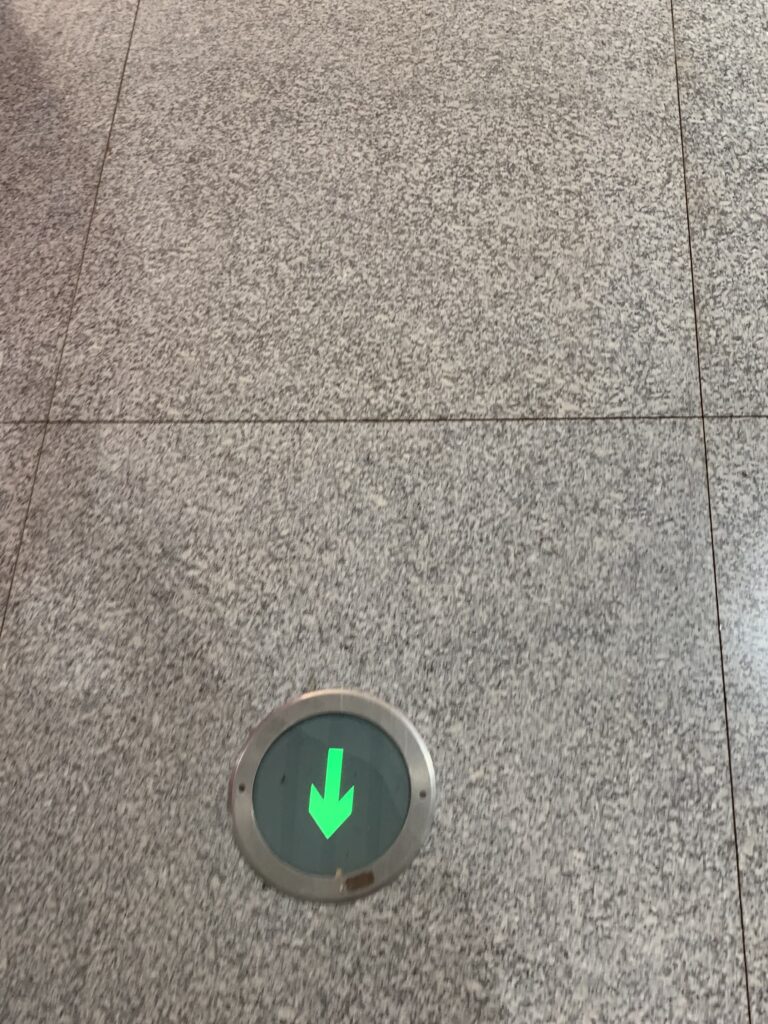
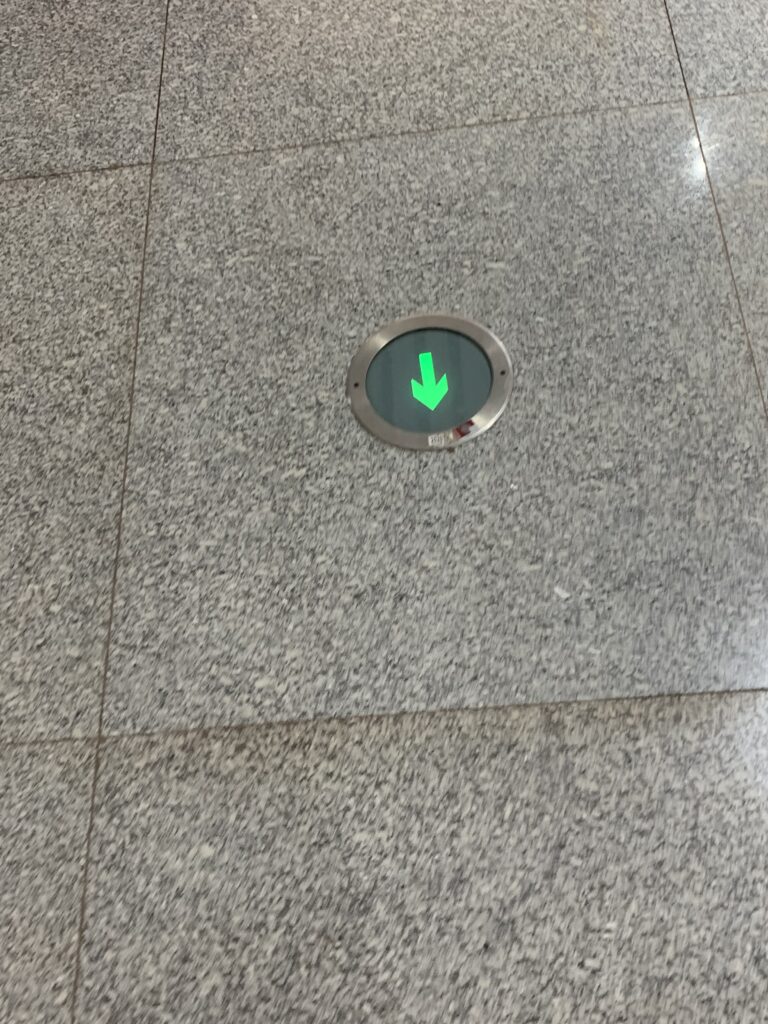
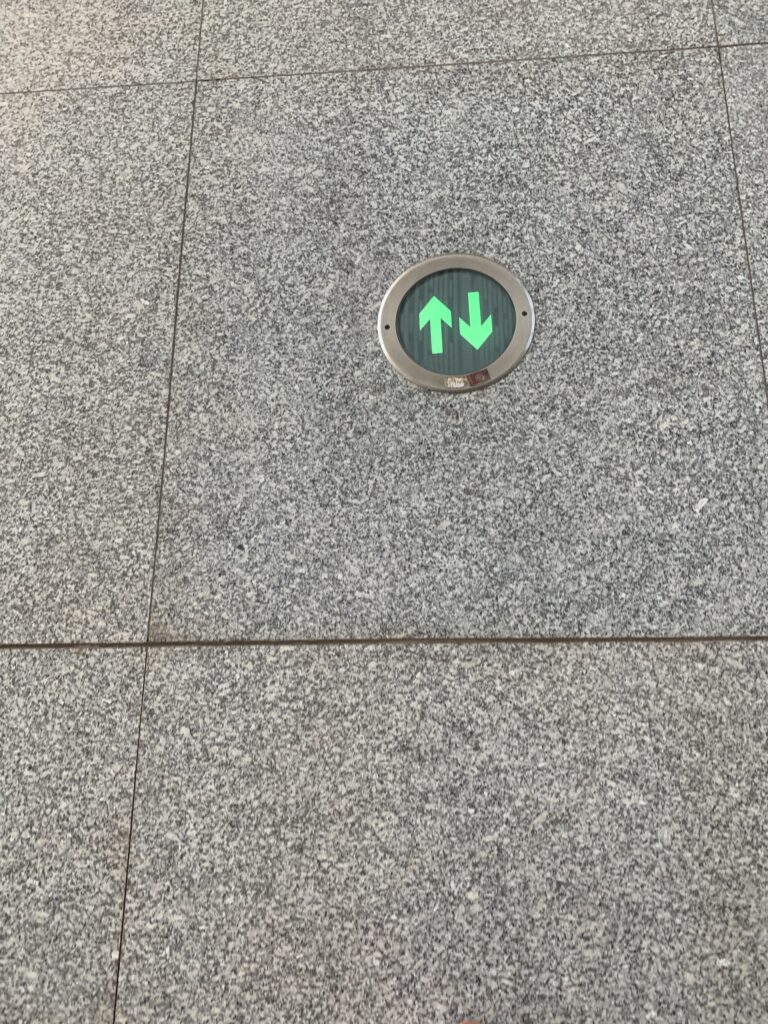
Once sorted, refreshed and waiting, your gaze will (if you’re anything like me) fixate on the wholly unexpected and somewhat perplexing sight of the train crew (of approximately half a dozen), all dressed beautifully in fitted, matching royal blue, brass-buttoned uniforms, marching single file, looking straight ahead, in perfect unison across the terminal to the platform. The men looked dapper and so clean cut, and the women looked like dolls, with hair tied in identical chignons. Curiously, we never saw them again after they completed their platform march.
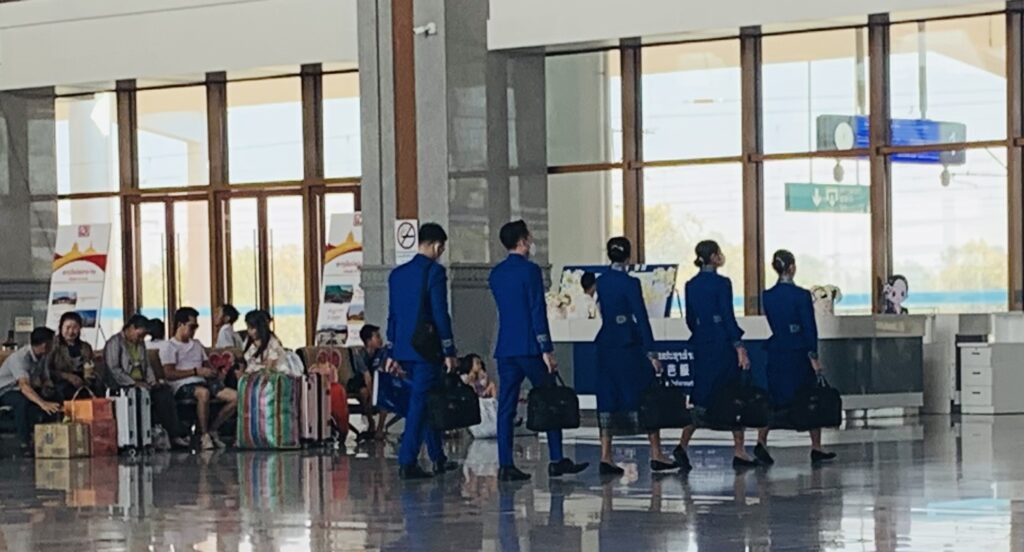
Once aboard the train

By now comfortably settled in the air-conditioned carriage in our second-class seats aboard a fully laden carriage of tired and hot humanity, the train departed for its two-hour trip north, quietly and smoothly, right on the dot of the allocated time. Accompanied by a heavily accented intercom announcement about said departure, the train quickly reached its 160 kilometres per hour speed. And as it rushed past the evocative views outside, I had time to ruminate on the mystifying start of our adventure and the pleasantly unexpected experience of once on board, departing so efficiently, effortlessly and quickly. For this novice speed train traveller, this unexpected aspect was the highlight of our first journey on the Laos-China Railway (LCR) speed train.
To learn more about booking tickets, click here: Various views of beautiful Laos from the speed train window – Vientiane – Luang Prabang.
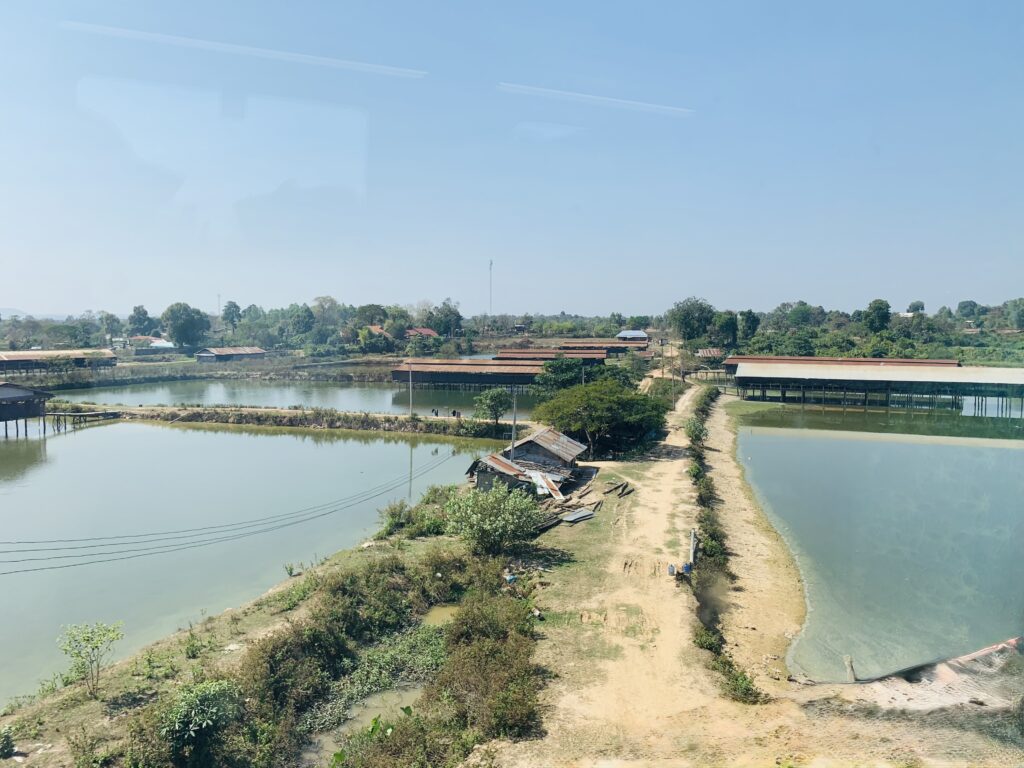
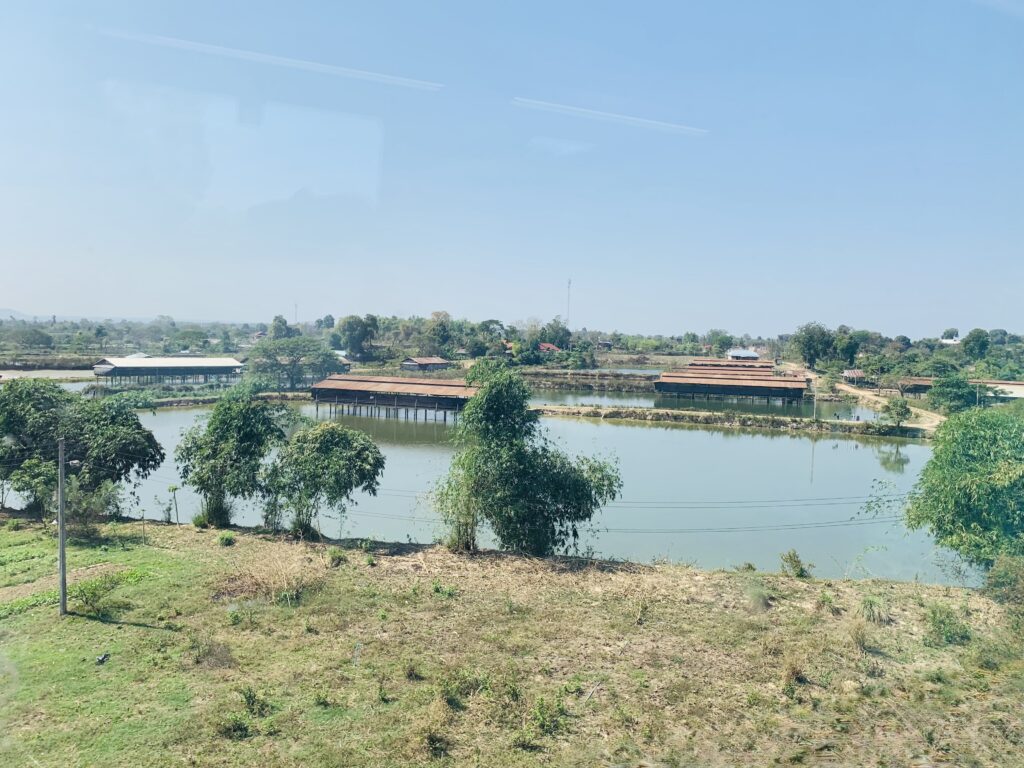
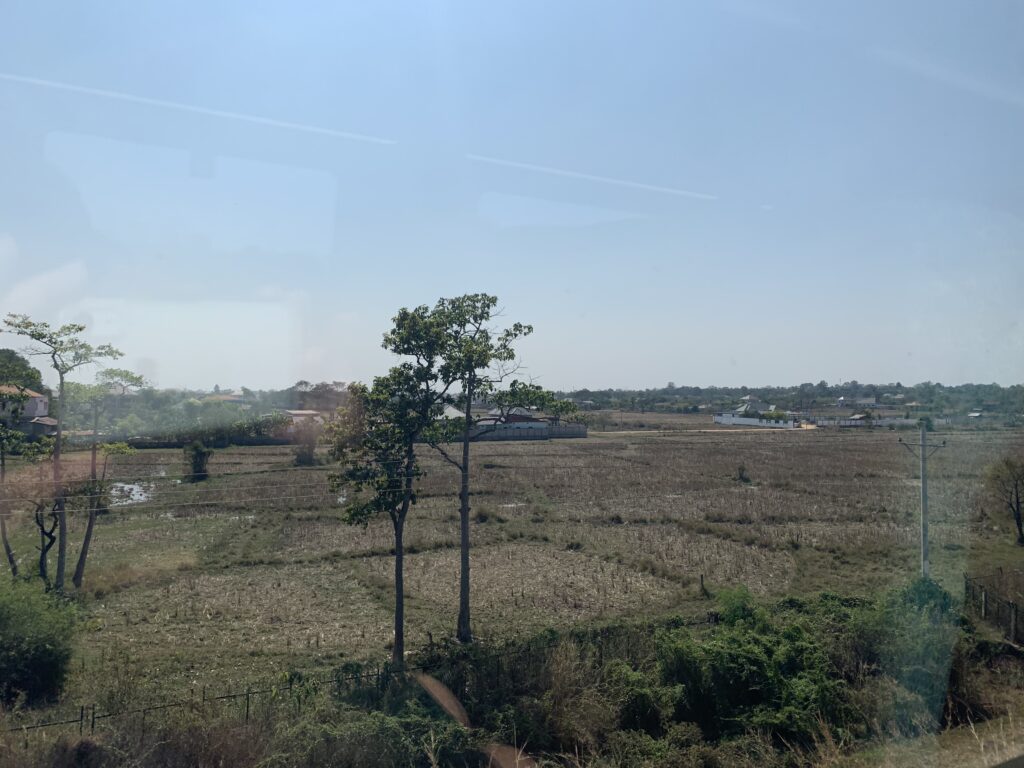
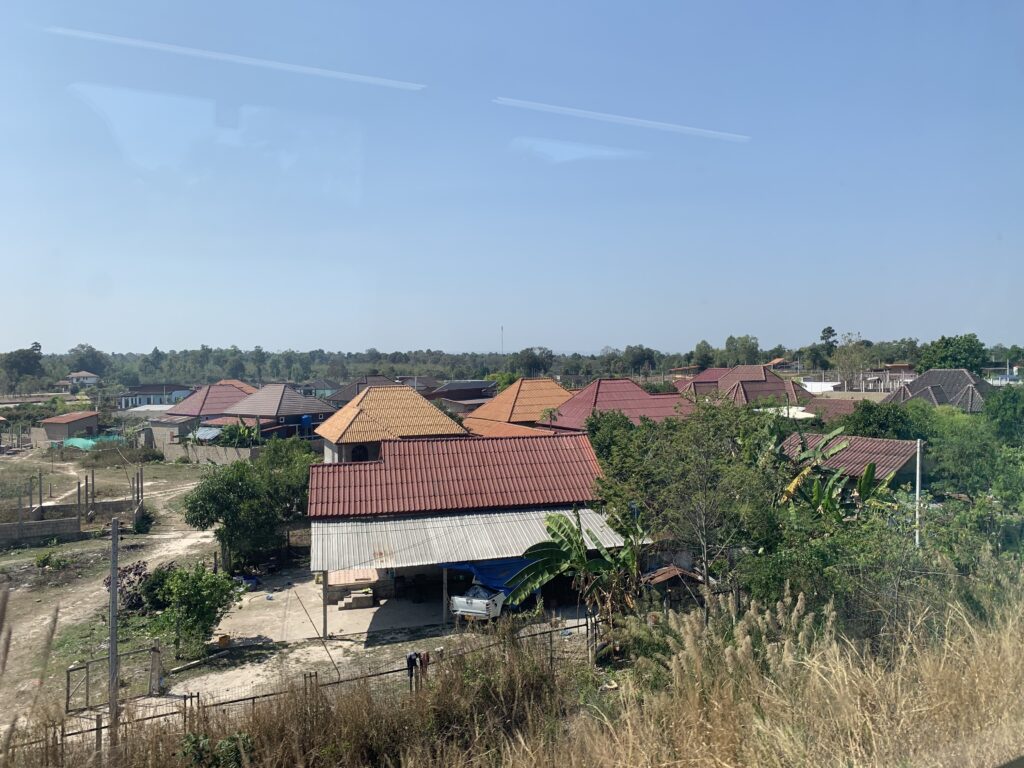
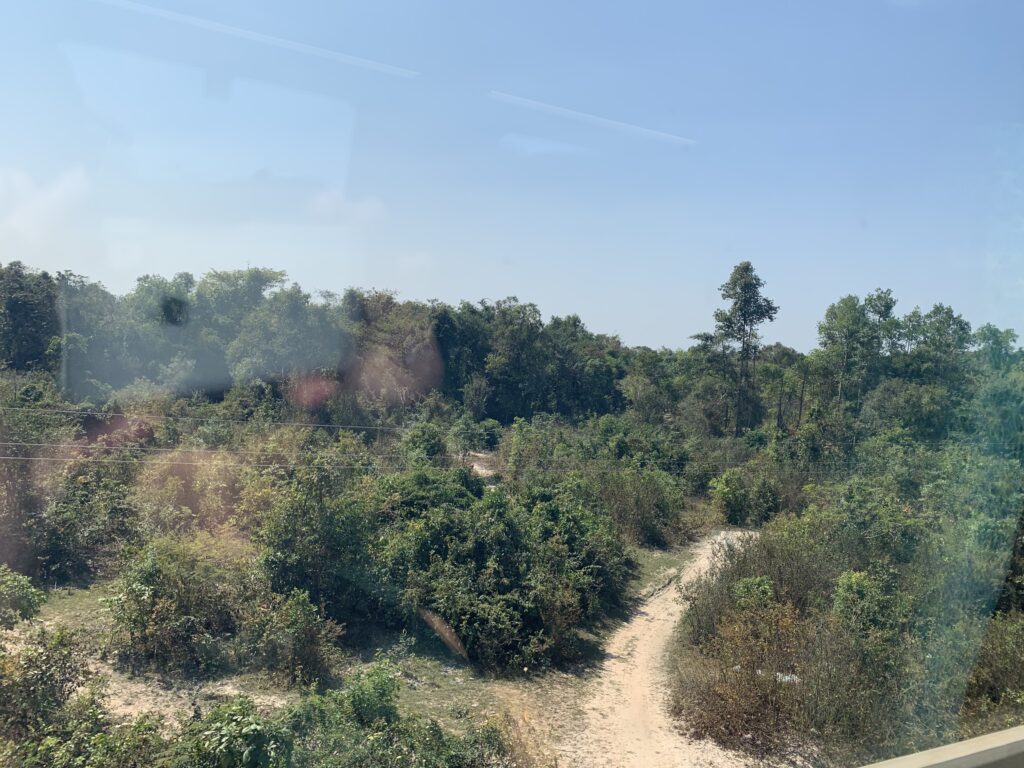
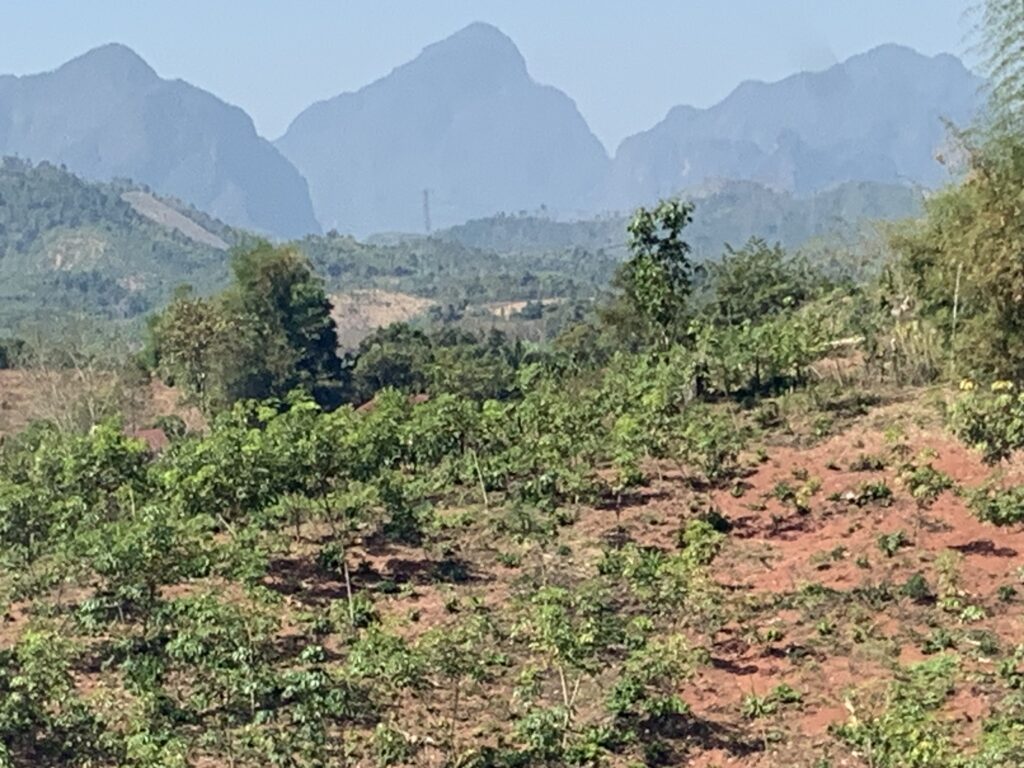

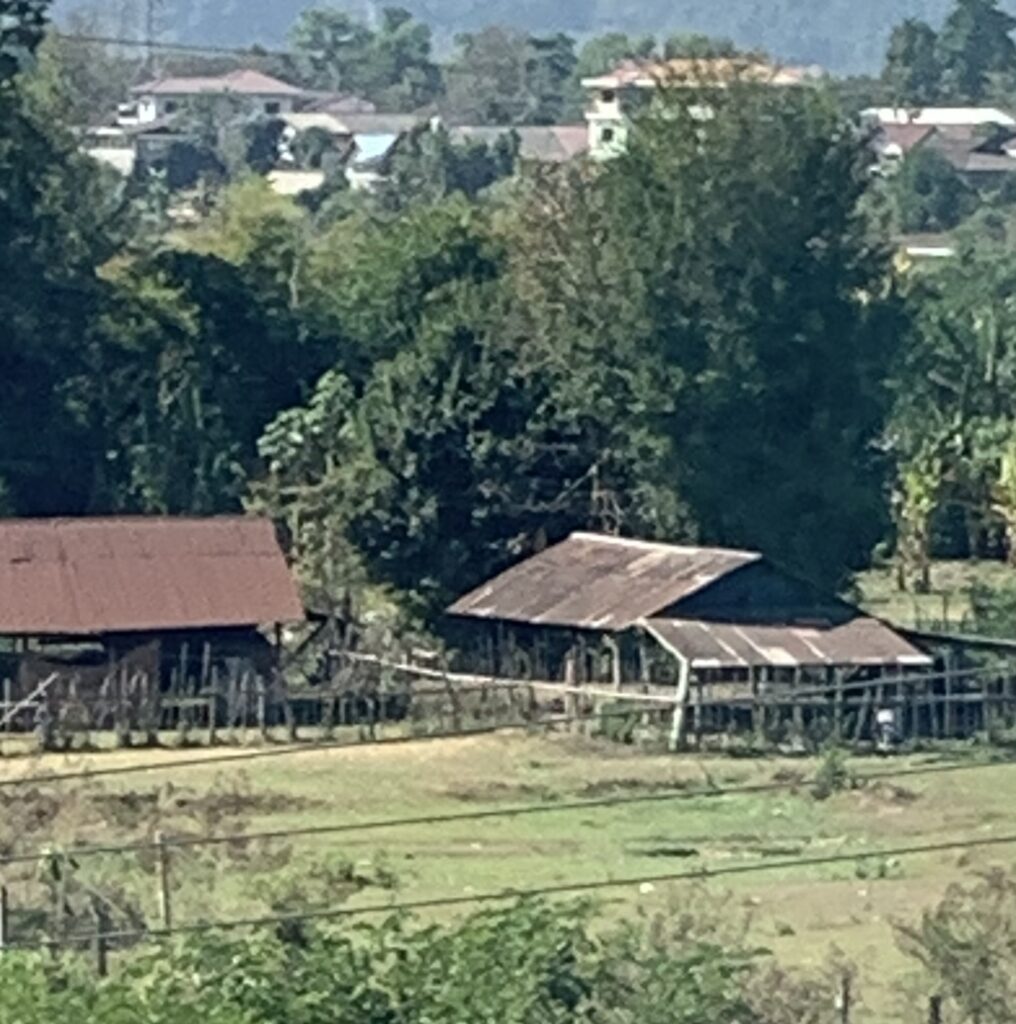
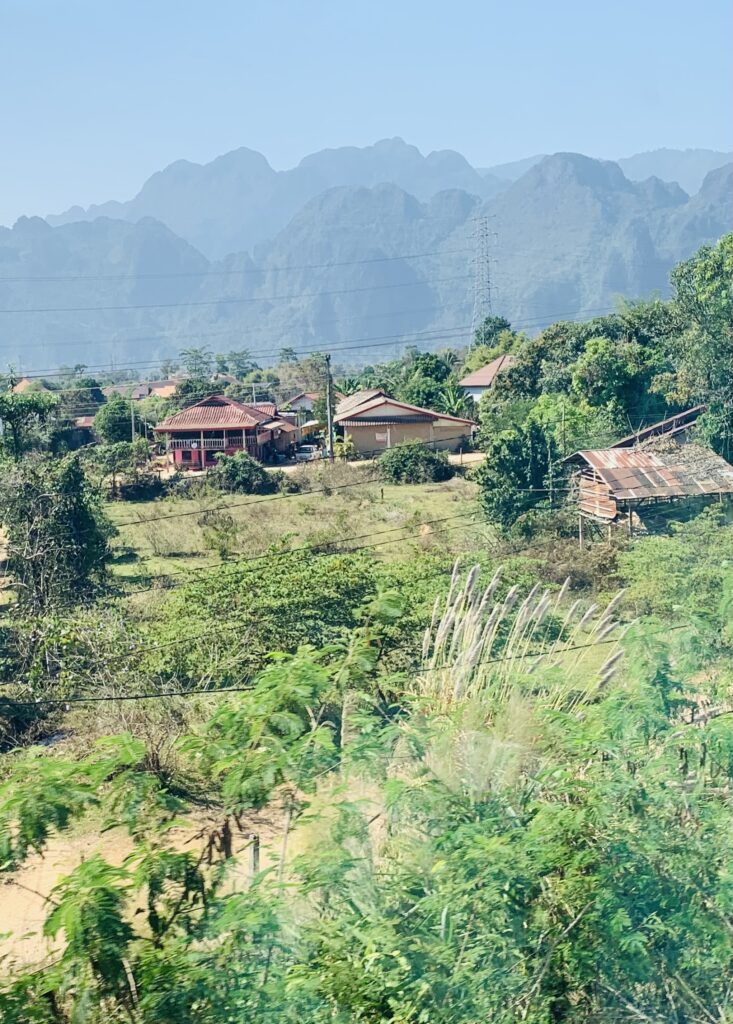
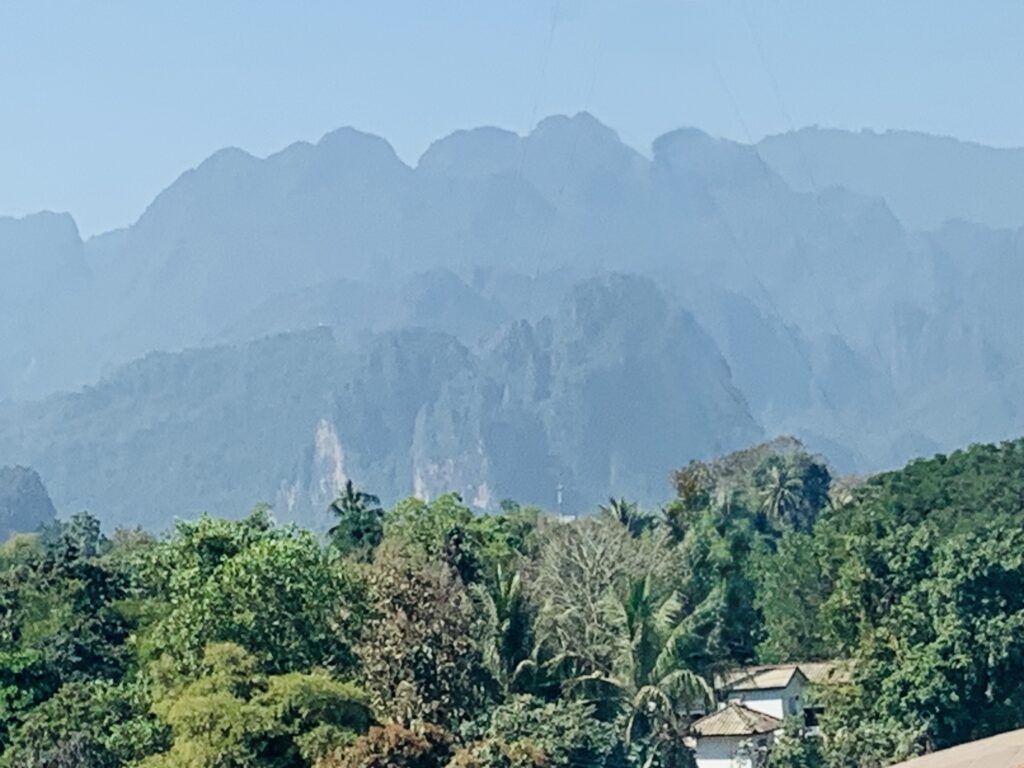
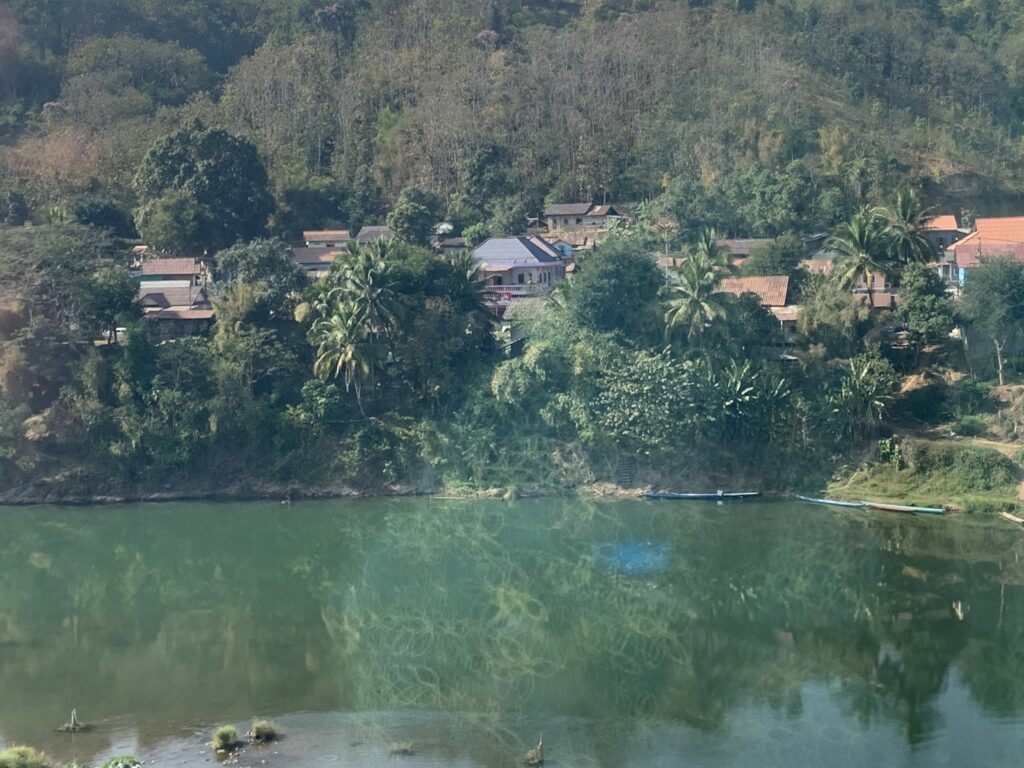
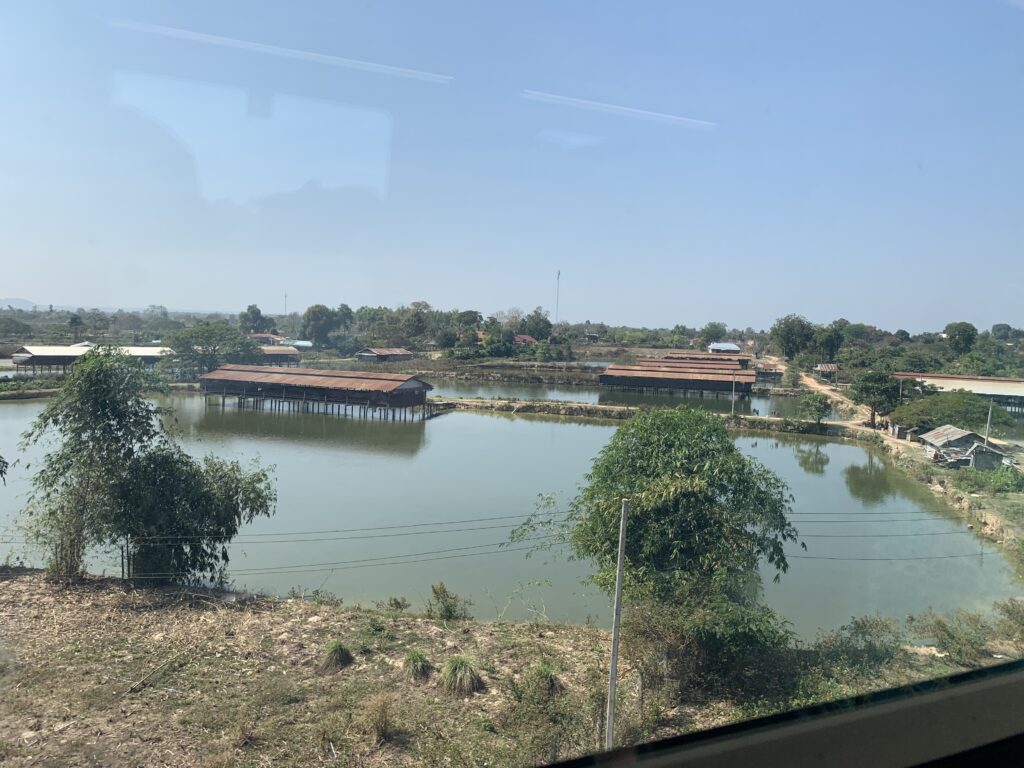
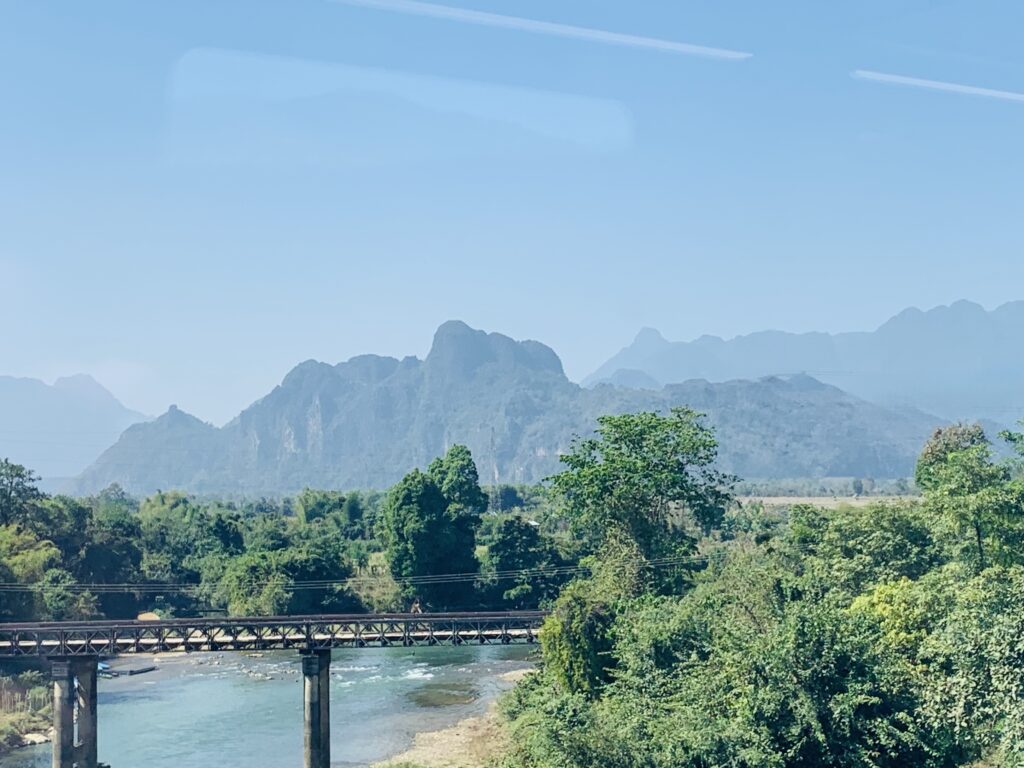
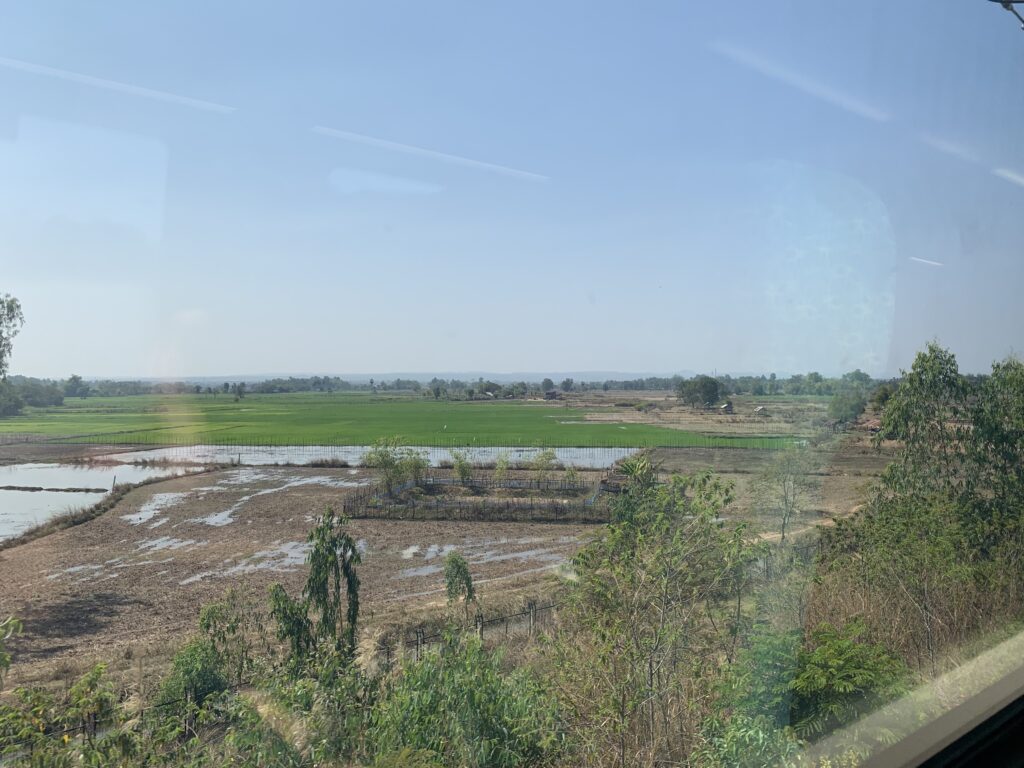
Please note : Since we used the LCR Train in 2024, the online ticket booking service has improved immensely.
MTR Fun Fact: the speed train runs from Boten, China, in the north to Vientiane, Laos, in the south. It is often referred to as the Boten-Vientiane Expressway
To read more about Laos – click below:
If you would like to know more about this or any other story on the Mytravelroom website, don’t hesitate to get in touch with me – janeco@mytravelroom.co.nz
